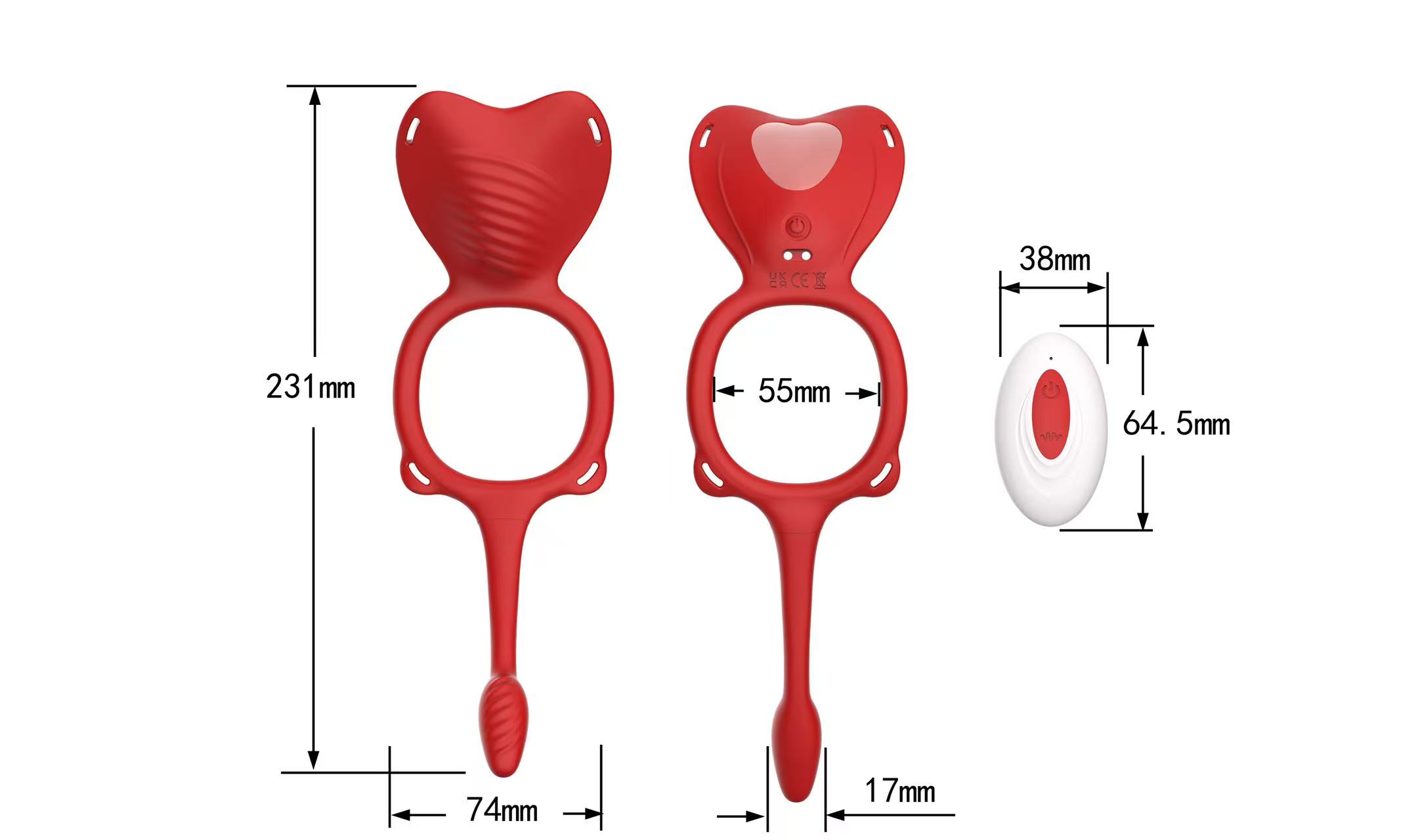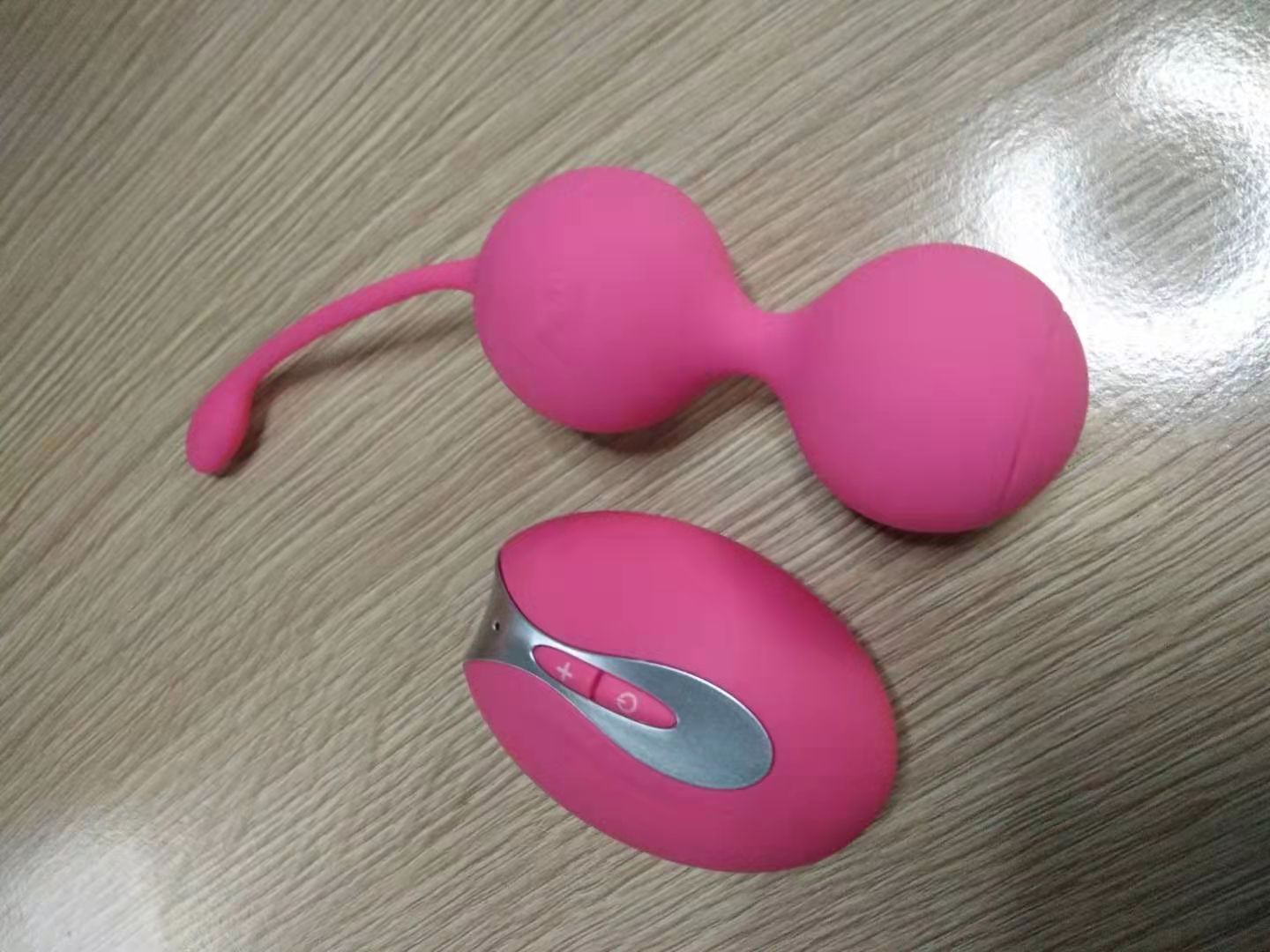About Us
What Are the Standards for Child-Resistant Packaging in Adult Products?
Views : 28
Update time : 2025-04-03 15:00:00
Problem: Every year, thousands of children accidentally access hazardous products, including adult toys, due to inadequate packaging.
For brands and wholesalers, non-compliant packaging risks legal penalties, reputational damage, and harm to minors.
Solve : Understanding and implementing child-resistant (CR) packaging standards ensures safety, compliance, and consumer trust.
Key Standards for Child-Resistant Packaging
Child-resistant packaging for adult products must comply with ASTM D3475 (U.S.) or ISO 8317 (international) standards. These require designs that are difficult for children under 5 to open within 5 minutes but manageable for adults. Testing involves child and adult panels to validate effectiveness. Non-compliance risks fines, recalls, and liability issues.Why keep reading?
This guide breaks down how CR packaging works, how to test it, and why it’s critical for your brand’s success—backed by global regulations and consumer expectations.
Answers to Top Questions About Child-Resistant Packaging
1. What defines “child-resistant” packaging?
Mechanical complexity: Requires dual actions (e.g., press-and-twist, squeeze-and-lift).Material durability: Resists tampering (e.g., rigid plastics, tear-proof films).
Testing protocols: Passes **85% child-resistance** and **90% adult-usability** thresholds in lab tests.
2. How to test if packaging is child-resistant?
Child testing: 50+ children aged 42–51 months attempt to open the package within 5 minutes.Adult testing: 70+ adults aged 50–70 must open/close it within 5 minutes.
Third-party certification: Use labs like Intertek or **SGS** for ASTM/ISO validation.
3. Why is CR packaging mandatory for adult products?
Legal compliance: U.S. Poison Prevention Packaging Act (PPPA) and EU’s REACH Regulation enforce CR rules.Liability reduction: Minimizes lawsuits from accidental exposure.
Consumer demand: 72% of buyers prioritize “child-safe” labels (2023 SafeKids survey).
4. What design features enhance child resistance?
Locking mechanisms: Magnetic locks, sliding latches.Opaque materials: Conceal contents to reduce curiosity.
Warning labels: Clear “Keep Away from Children” icons/text.
5. How to balance safety and accessibility?
Ergonomic design: Tactile cues (e.g., arrows, raised buttons) guide adults.User testing: Iterate designs based on feedback from diverse age groups.
Industry Insights: What Brands Overlook
Material costs: CR packaging increases production costs by 15–20%, but surveys show 68% of consumers will pay a premium for safety.
Sustainability conflict: Recyclable CR materials (e.g., bio-plastics) are emerging but lack standardization.
Market differentiation: Brands like LELO and We-Vibe use CR packaging as a USP in marketing campaigns.
Conclusion
Child-resistant packaging isn’t optional—it’s a legal, ethical, and competitive necessity. Prioritize ASTM/ISO compliance, rigorous testing, and user-centric design to protect children, satisfy regulators, and win customer loyalty.
相关新闻




